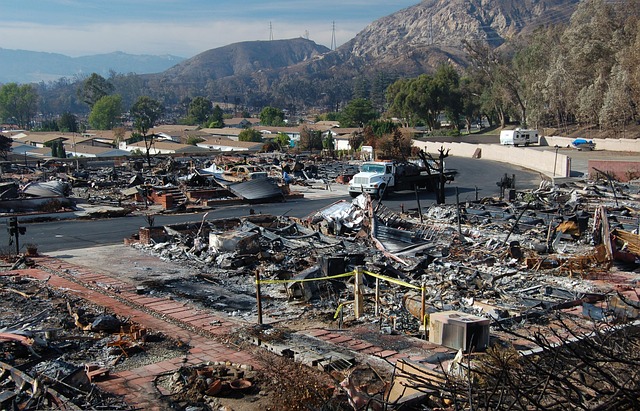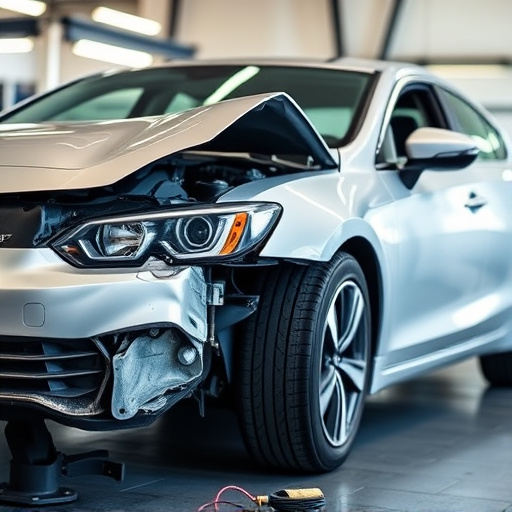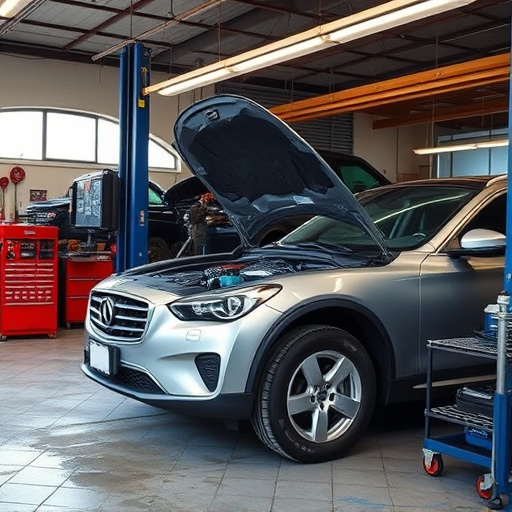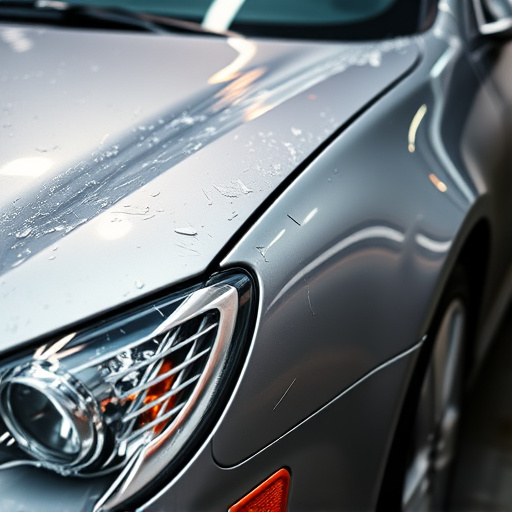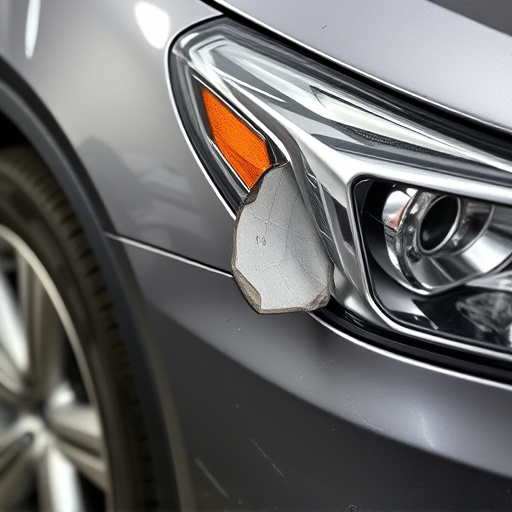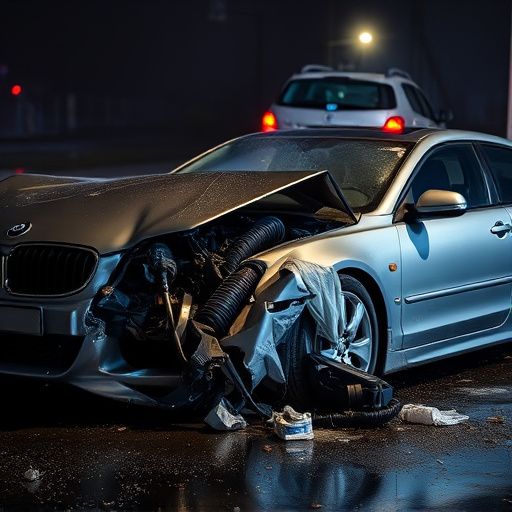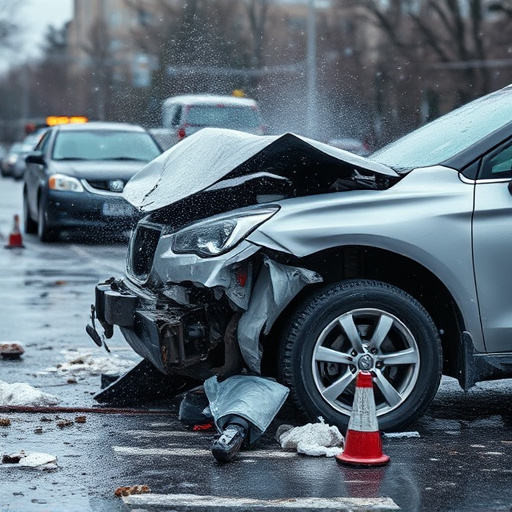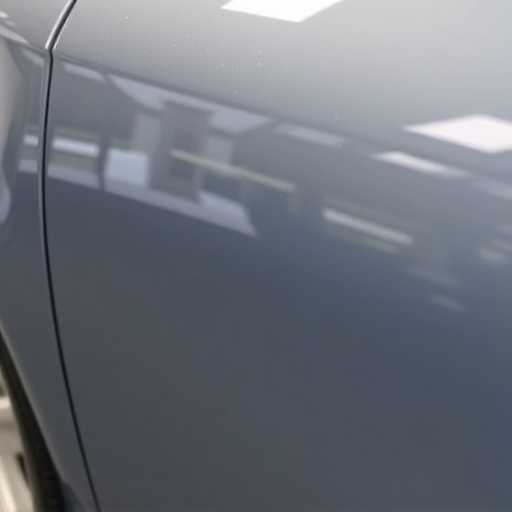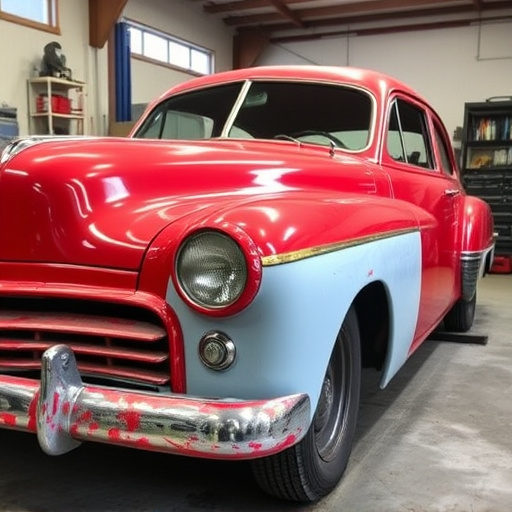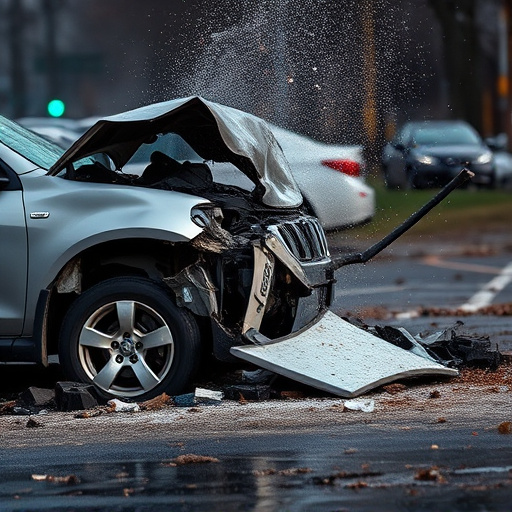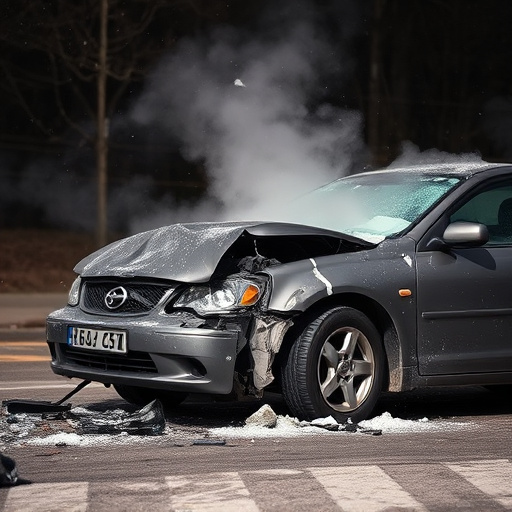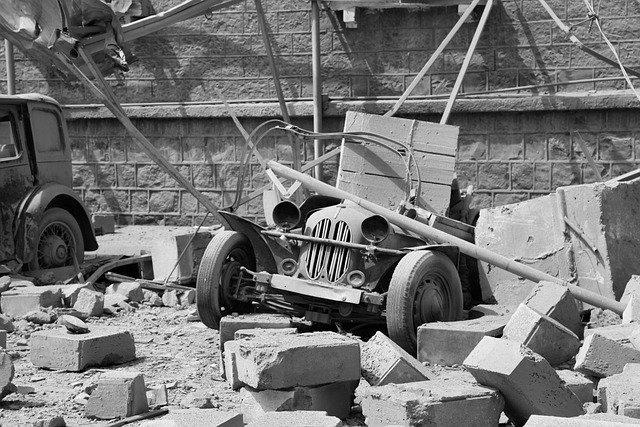Tesla charging port issues caused by environmental factors, debris, misalignment, or damage require meticulous inspection and cleaning. Common causes include physical damage, corrosion, faulty cables, or onboard system problems. Proper maintenance and timely DIY repairs or professional intervention prevent further car damage and ensure optimal charging performance for Tesla electric vehicles.
Experiencing slow or failed charging with your Tesla? The issue might lie with your vehicle’s charging port. This comprehensive guide delves into the common causes of Tesla charging port problems and provides a step-by-step repair process for owners to tackle these issues. Understanding the fundamental causes, such as damaged connectors or faulty cables, is crucial for effective troubleshooting. By following these instructions, you can efficiently repair your Tesla’s charging port, ensuring faster and more reliable charging sessions.
- Understanding Tesla Charging Port Issues
- Diagnosing the Problem: Common Causes
- Step-by-Step Repair Guide for Owners
Understanding Tesla Charging Port Issues
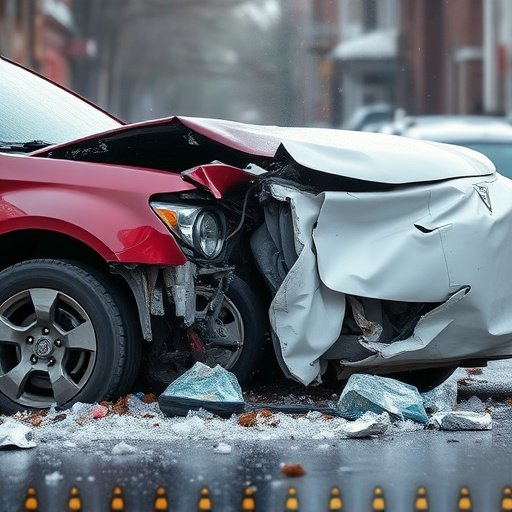
Tesla charging port issues can be frustrating for owners, often leading to slow or failed charging sessions. These problems typically stem from a variety of factors unique to electric vehicle (EV) infrastructure and design. The charging port, a critical component that facilitates power transfer, is exposed to various environmental conditions such as moisture, dirt, and even minor car damage repair like scrapes or dents. Over time, these can contribute to corrosion, debris buildup, or mechanical wear, hindering the secure connection necessary for efficient charging.
Moreover, misalignment of the port or damage to internal components during installation or use can also cause charging problems. Even a slight misalignment can lead to inconsistent connections, resulting in slow charging or intermittent disconnections. To address these issues effectively, Tesla charging port repair often involves meticulous inspection, cleaning, and sometimes replacement of damaged parts. Proper maintenance and timely intervention are crucial to prevent further car damage repair and ensure optimal charging performance for your EV.
Diagnosing the Problem: Common Causes
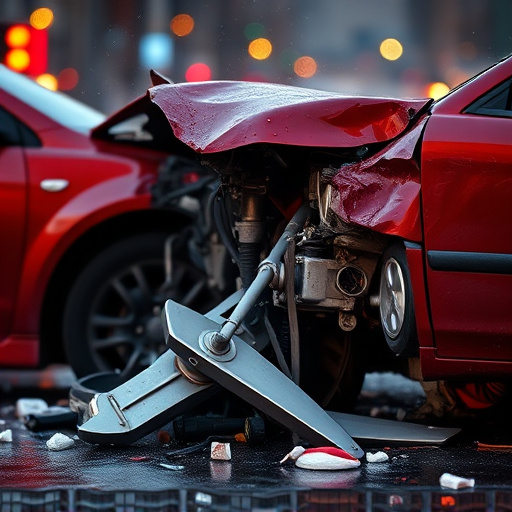
Diagnosing a Tesla charging port issue is often the first step in any Tesla charging port repair. There could be several reasons why your vehicle isn’t charging as it should, so identifying the root cause is key. Common causes include damage to the physical connector—perhaps from rough handling or a collision—which can lead to loose connections. Corrosion build-up inside the port or on the cable is another frequent culprit, impeding the flow of electricity.
In some cases, the problem might lie with the charging cable itself, especially if it’s old or damaged. Moreover, issues with your Tesla’s onboard charging system could also manifest as slow or failed charging, requiring a more comprehensive diagnostic approach. An auto repair near you that specializes in electric vehicle maintenance can help determine and resolve these issues, ensuring your Tesla is back to efficient charging in no time through processes like car body restoration.
Step-by-Step Repair Guide for Owners
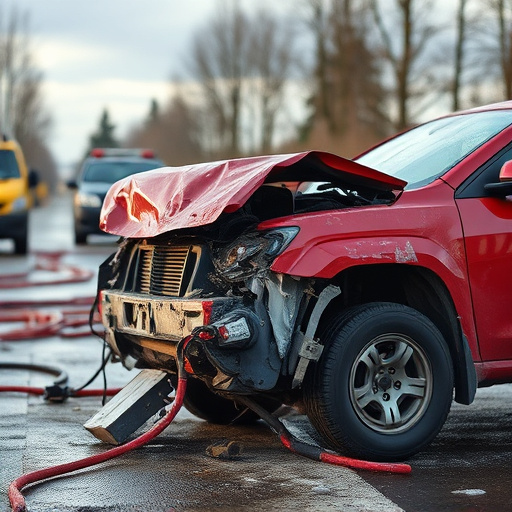
As Tesla owners, we rely on our vehicles’ charging capabilities to keep up with our electric lifestyle. However, when your Tesla’s charging port experiences issues, it can be a frustrating obstacle. Fear not! Repairing the charging port is a feasible do-it-yourself project that can save you time and money. Here’s a simple step-by-step guide tailored for Tesla owners looking to tackle this common problem.
Begin by locating the charging port, usually positioned on the driver’s side of your Tesla. Next, gather the necessary tools: a screwdriver compatible with your vehicle, isopropyl alcohol, and a soft cloth. With safety in mind, unplug any connected cables. Using the appropriate screwdriver, carefully remove the cover surrounding the charging port. Clean the area with isopropyl alcohol to eliminate any residue or debris buildup. Reattach the cover securely, ensuring it’s properly aligned. Test the charging port by plugging in your Tesla’s charger and verifying a successful charging session. If issues persist, consider seeking professional assistance for more complex auto glass replacement or automotive body work.
Tesla owners experiencing slow or failed charging can find relief with a simple and cost-effective solution: repairing their charging port. By understanding common issues and following a step-by-step guide, you can restore your vehicle’s charging capabilities and avoid the hassle of frequent visits to service centers. With the right tools and knowledge, you’ll be back on track, smoothly powering up your Tesla with every charge.
